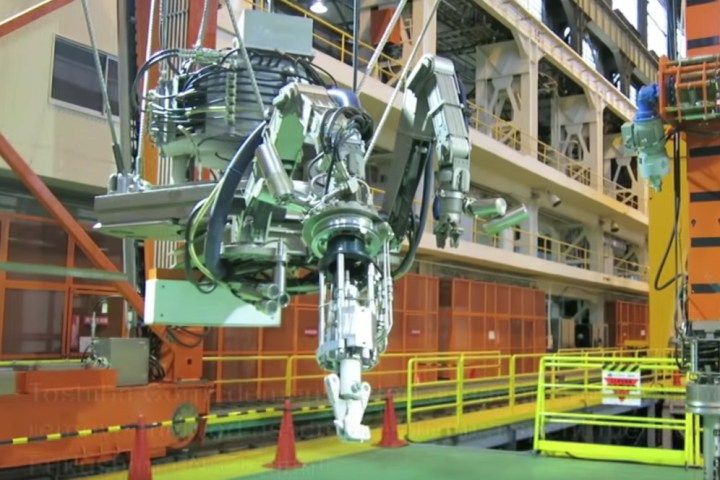
The remote-controlled automatons were intended to swim through cooling pools to collect and dispose of highly radioactive and incredibly dangerous hunks of melted fuel rods, but massive amounts of radiation have obliterated their wiring, rendering them useless. Worse still, their corpses are nowhere to be found. Five of the robots sent to complete their cleanup mission never returned, and there’s really no way to look for them.
The entire disaster was triggered by the devastating earthquake of 2011, which caused a 10-meter high tsunami to barrel down into the Fukushima Daiichi nuclear power station. 19,000 people were ultimately declared deceased or missing, and another 160,000 were displaced as a result of the tragedy. And half a decade later, officials with Tepco, the plant’s operator, still don’t know what to do about it all.
“It is extremely difficult to access the inside of the nuclear plant,” Naohiro Masuda, Tepco’s head of decommissioning said in an interview. “The biggest obstacle is the radiation.” Radiation that not even robots can withstand.
Thus far, only 10 percent of the meltdown has been addressed, and with this robotic malfunction, it seems that further progress will be stunted yet again.
One of the main concerns is now the possibility that radiation, which continues to leak into the ground, will eventually find its way to the waterways of the world. Arnie Gundersen, a former nuclear engineer, tells Reuters, “The reactors continue to bleed radiation into the ground water and thence into the Pacific Ocean. When Tepco finally stops the groundwater, that will be the end of the beginning.” Sadly, that end doesn’t appear to be all that close.


